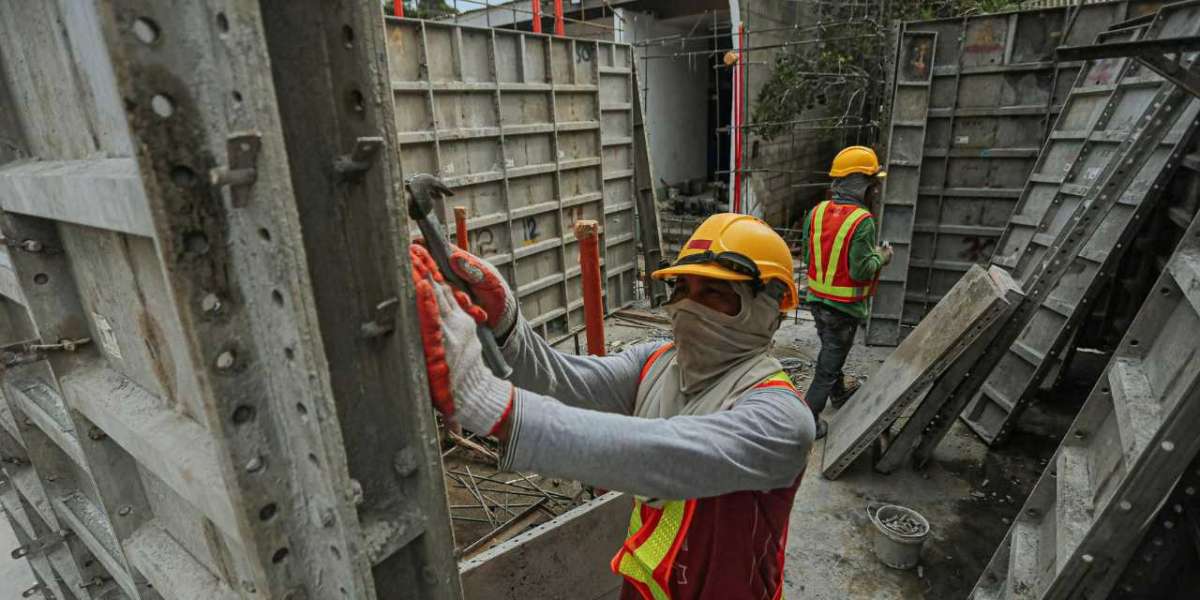Industries such as construction, manufacturing, and logistics often face higher risks. Therefore, it's crucial to equip workers with the necessary knowledge to prevent accidents. OSHA 10 training is an effective way to achieve this goal. This training systematically educates employees about occupational health hazards.
But how does OSHA 10 training help reduce these risks?
Learn how OSHA 10 training can reduce occupational health risks by educating workers, fostering compliance, and promoting preventive safety measures in high-risk industries.
What is OSHA 10 training?
The Occupational Safety and Health Administration (OSHA) developed the outreach safety training and implemented a thorough basic safety education program for the workforce. These courses are specifically designed to acknowledge high-risk environments and protect workers on the front lines in construction, healthcare, and various industries.
Consequently, OSHA 10 training covers fall protection, electrical safety, PPE, and workers' rights. This course equips workers with the knowledge of tools to safeguard themselves in times of exposure to hazards in the workplace.
How OSHA 10 Training Reduces Occupational Health Risks
1. Hazard Identification
OSHA 10 is one of the main ways to reduce occupational health risks through educating workers on how to observe hazards. These training programs equip workers with the skills to recognize and observe hazards.
For example, risks include falls from heights, electrical hazards, or operating heavy machinery. OSHA-10 stresses the issue of PPE and its proper usage, correct tool handling, and proper ladder use. Workers with educated safety awareness will work to eliminate and decrease hazards that can lead to injuries or even deaths.
2. Hazard Prevention
The entire focus of OSHA-10 is to avoid having accidents occur rather than correcting them after they happen. Learn how to lift properly to prevent musculoskeletal injuries. Learn how to use ladders and scaffolding properly to avoid falling. Learn to keep floors and passageways clean and orderly to prevent slips and falls. There are several other different safety standards that OSHA-10 goes over. In industries where risks of severe injury or even death exist, preventing accidents before they happen and being proactive can save lives.
3. Ensure Compliance with OSHA Standards
Workers who complete OSHA 10 training learn how to meet safety standards set by OSHA and how to identify and fix hazards in the workplace. Following OSHA guidelines is crucial for maintaining a safe work environment. Failing to comply with these standards can lead to heavy fines, injuries, or even a shutdown of operations.
Training helps employees understand what OSHA expects regarding personal protective equipment (PPE), written safety programs, and overall safety practices. For example, workers learn the importance of properly marking and labeling hazards, wearing appropriate PPE, conducting safety inspections, and reporting any hazards.
When both workers and employers are well informed about safety requirements, it leads to better compliance and a reduction in workplace accidents, ultimately creating a safer work environment.
4. Empower Workers by Educating Them About Their Rights
OSHA 10 training empowers workers by educating them about their rights under OSHA. As an employee, you have the right to expect a safe and healthy work environment. OSHA recommends the following practices for employees: participating in medical evaluations and access to exposure and medical records; the right to see and copy your employer's workplace injury and illness logs; the right to file a complaint with OSHA; and the right to awareness and training. When employees understand what these rights are, they are more likely to come forward and voice their concerns without fear of retaliation.
5. Reducing Long-Term Health Hazards
Workplace hazards are not limited to immediate physical injuries. Long-term health risks such as respiratory issues, chemical exposure, or ergonomic strain can also impact workers. OSHA-10 training includes education on minimizing exposure to harmful substances and maintaining safe work environments to protect workers from long-term health problems.
For example, workers who handle toxic chemicals or work in dusty environments learn how to use respirators and other PPE to prevent inhalation of harmful substances. Reducing these long-term risks improves worker health, reduces absenteeism, and decreases healthcare costs.
6. Creates a Culture of Safety
One of the most important contributions of OSHA 10 training is its ability to foster a culture of safety. Workers who are well-versed in safety practices are more likely to look out for their well-being and the safety of others.
A strong safety culture encourages collaboration between workers and management to uphold
safety standards. Employers can support this culture by promoting regular training, open communication about hazards, and ongoing safety improvements. Over time, this cultural shift leads to fewer accidents, lower injury rates, and higher worker morale.
Conclusion
OSHA 10 training is crucial for reducing occupational health risks by educating workers on hazard identification, compliance with safety standards, preventive measures, and workers' rights. It empowers employees to take an active role in their safety while fostering a collaborative environment where safety is a shared responsibility.








